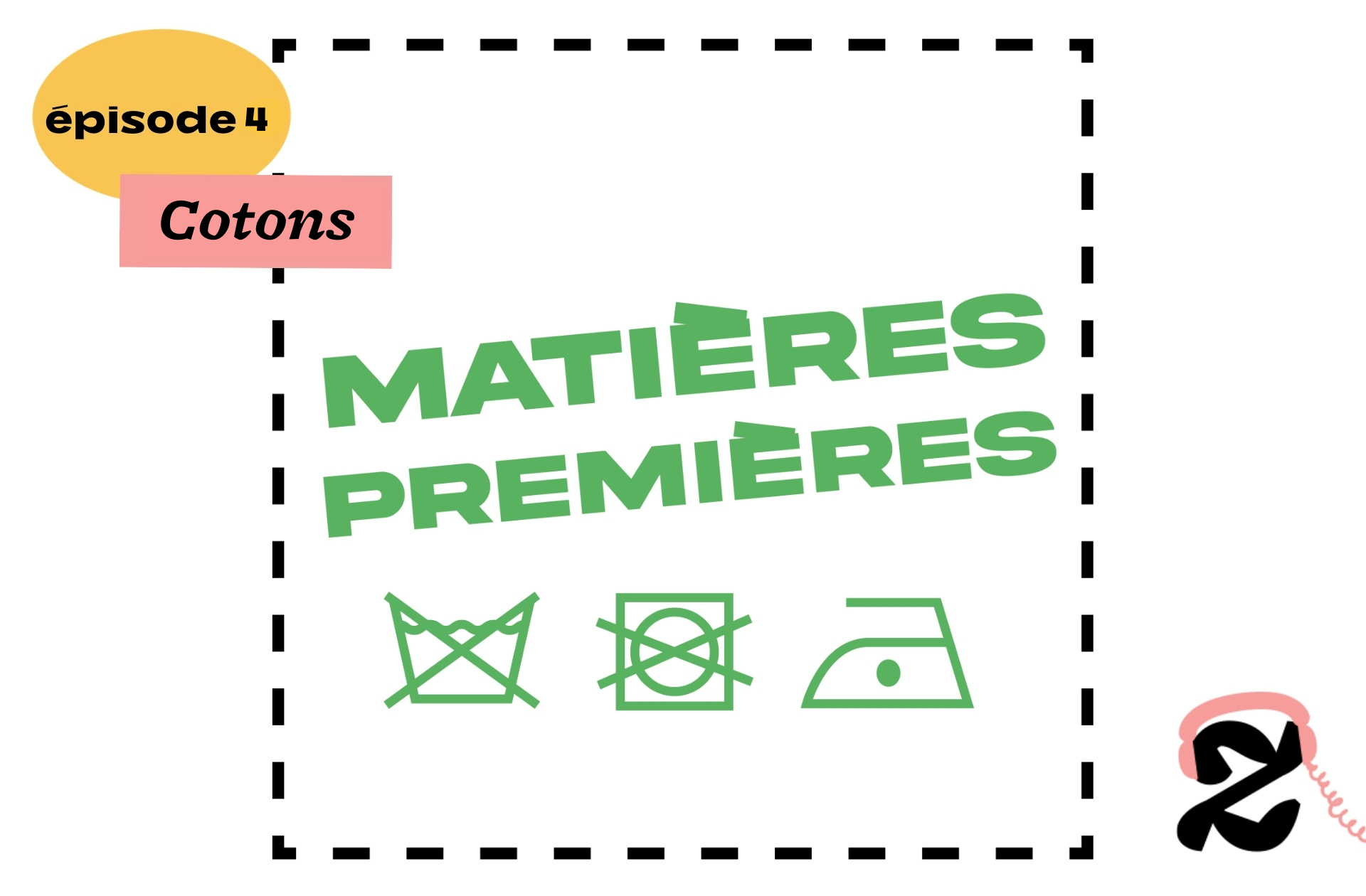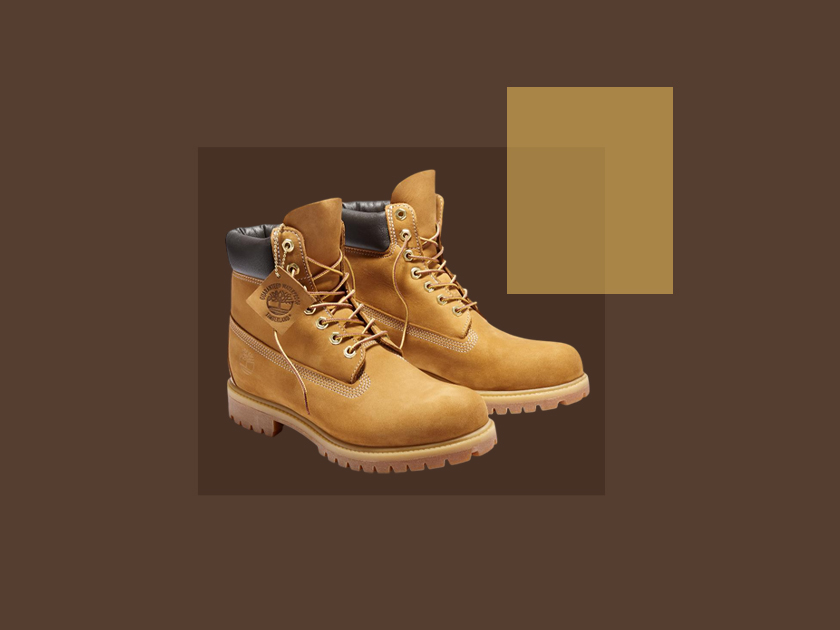Faced with the growing environmental concerns of some of their customers, many brands are developing statements to this effect. Beautiful words that are not always accompanied by concrete facts. When this type of message is used to hide bad practices, it is referred to as greenwashing or greenwashing. in good French. And several clues can alert on the subject, as just summarized Stunned. Here are 3, relatively accessible to decipher.
Empty promises or certified facts?
See this post on Instagram
Starting with vague statements, too general to be honest. Some brands simply claim to be ” ecological », « ecological », « green “, OR ” self conscious “, without arguing behind. It is worth inquiring more in depth, on the brand’s website, on the “Information” page, Our history “, OR ” Sustainability ” OR ” I commit “.
The ideal is when brands facilitate the availability of information, with links that make it easier to find out about the raw materials (conventional or from organic farming? Which certifications guarantee it?) and the production conditions (in which country? If outside Europe , are the factories certified?)
Volume and relationship between sustainable and conventional clothing
See this post on Instagram
It happens that some brands occasionally offer a more “sustainable” collection than the rest of their usual offer. We can say that this is a good start, certainly a small step in the right direction. But if the company has the means to create such pieces in better than usual condition, why shouldn’t it make all of its collections this way when it can? Surely whyit is more an operation of communication than a desire to profoundly change things.
Then you can try to evaluate the ratio of the number of pieces in the collection ” green / ” sustainable (delete as appropriate) and the rest of the offer currently on sale, so you get an idea of the extent of the antics.
Otherwise, brands that are really committed avoid expanding their collections (less than a hundred pieces) to propose a reasoned offer, avoid overproduction and avoid destocking practices with sales, private sales and other euphemistic expressions. A fashion brand’s commitment to the planet starts with producing less but better.
Reduce your carbon footprint and greenhouse gas emissions
See this post on Instagram
Many brands talk about wanting to reduce their carbon footprint, starting with short-circuit production so that clothes travel less miles from their production to your wardrobes. You can also specify the mode of transport: sea, rail or road. Others want to go even further by talking about reducing greenhouse gas (GHG) emissions. And then there’s a bit of technical subtlety in the jargon.
To talk about reducing greenhouse gas emissions year after year, fashion brands can talk about ” absolute reduction which is fair enough. Others play with words talking about ” reduction in intensity ” OR ” based on their growth “. This means that the brand may have managed to make its production process less polluting, yes. But that does not prevent it from producing twice as many products, for example, and therefore from having higher global greenhouse gas emissions compared to the year upon which it relies to give an interesting figure of ” reduction in intensity “. It is an expression that must therefore invite vigilance.

In addition to these 3 clues that allow you to understand whether a brand is greenwashing or not, there is another even simpler way: address your questions directly to the brand. Does this one have a new vegan bag in an innovative plant-based faux leather that catches your eye? Ask him directly what is the percentage of biomass (vegetable) and the percentage of plastic (generally derived from petroleum) that make up the material that should imitate leather. Do you want to know in which country this product was found on the Internet and in which model it was manufactured? Ask the brand in the customer service chat, in a private message on Instagram or even by phone if the product sheet doesn’t specify it. Because in fashion, as in life, information is power.
Front page photo credit: pexels-cottonbro-10651041
Do you like our articles? You will love our newsletters! Sign up for free on this page.
Source: Madmoizelle
Mary Crossley is an author at “The Fashion Vibes”. She is a seasoned journalist who is dedicated to delivering the latest news to her readers. With a keen sense of what’s important, Mary covers a wide range of topics, from politics to lifestyle and everything in between.




